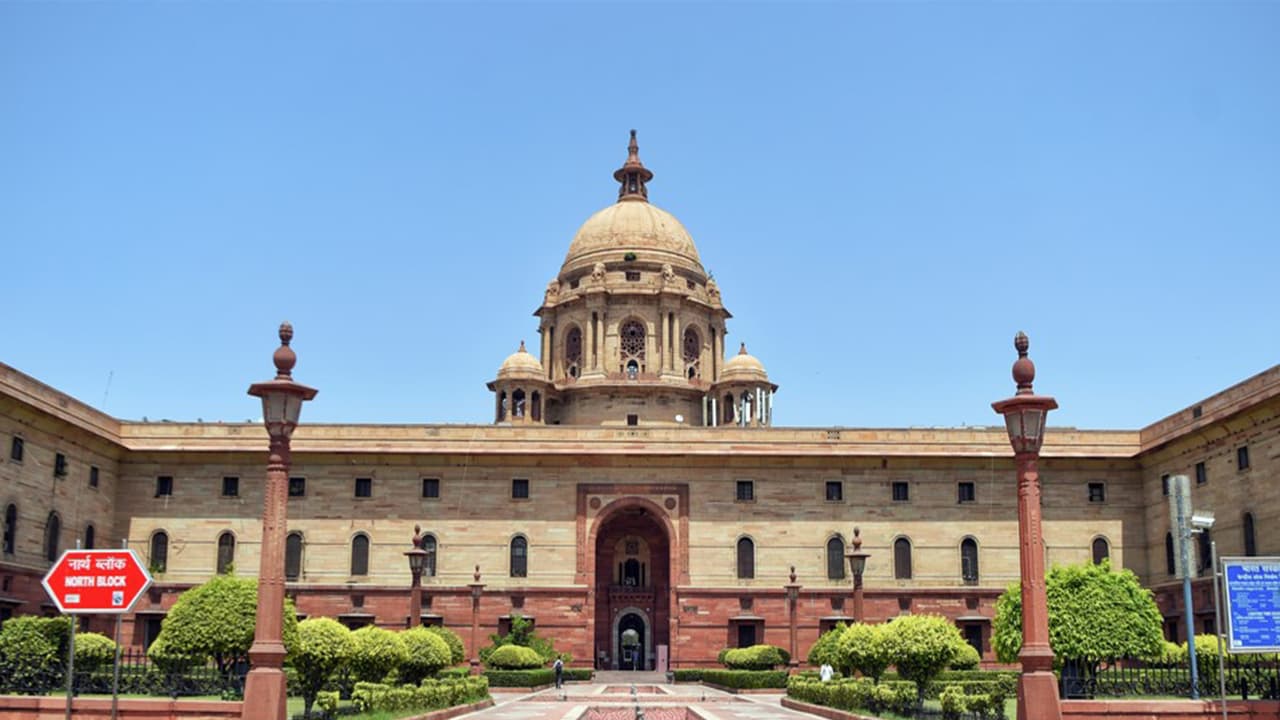India’s capital expenditure is showing optimism, backed by robust spending from the Centre, states, and a revival in corporate investments. A Care Edge report notes a 40% surge in Centre’s capex and rising private sector investment intent.
The capital expenditure (capex) landscape in the country is showing clear signs of optimism, supported by healthy spending by the Centre, a pick-up in state capex, and a revival in investments among Indian corporations, according to a report by Care Edge Ratings. The report highlighted that the Centre’s capex remains healthy, driven mainly by investments in the roads and railway sectors. State governments have also stepped up capital expenditure, with Maharashtra, Madhya Pradesh, and Gujarat leading the rise in aggregate state capex.
Central Government and CPSE Capex
It stated, “The capex landscape in the fiscal year so far reflects signs of optimism”. It mentioned that Central Public Sector Enterprises (CPSEs) have shown strong momentum in their capex during H1 and are expected to meet, or possibly even marginally exceed, their FY26 capex target.
The Centre’s capital expenditure surged by 40 per cent (y-o-y) during H1 FY26. A deeper assessment shows that the share of capex allocated to the Department of Food and Public Distribution rose to 8.6 per cent in H1 FY26, the highest level seen in recent years.
Corporate Investment Revival
The report also pointed to early signs of a revival in capex among Indian corporations. Sectors such as oil and gas, power, telecom, automobiles and ancillaries have recorded healthy investment activity in FY25.
The aggregate capex of non-financial companies in the sample used by Care Edge Ratings stood at Rs 9.4 trillion in FY25, reflecting an 11 per cent rise over the previous year. The top six sectors that accounted for India Inc’s capex in FY25 were oil and gas with a 19 per cent share, followed by power (15 per cent), telecom (10 per cent), automobile and ancillaries (9 per cent), iron and steel (7 per cent) and non-ferrous metals (5.5 per cent).
Project Completion and Investment Intent
However, the report also mentioned that data from CMIE shows that project completions so far have been led mainly by the government sector, while the private sector has shown increasing intent to invest, as reflected in newly announced projects. CMIE stands for Centre for Monitoring Indian Economy. It is a private organization that provides business intelligence, economic data, and forecasting for India
State-Level Capital Expenditure
State capital expenditure also remained robust. For a sample of the top 19 states, capex rose 13 per cent (y-o-y) in H1 FY26. In FY25, aggregate capex for the sample states increased by 7 per cent (y-o-y) to Rs 7.4 trillion, although this was lower than the 26 per cent growth recorded in the previous year.
Financing Trends and Potential Risks
On financing trends, the report noted an improvement in bank credit, although credit growth remains muted for large industries. Growth in corporate bond issuances moderated in Q2 due to front-loading in the previous quarter. Meanwhile, gross FDI inflows into India have picked up, adding support to investment momentum.
Despite the optimistic outlook, the report cautioned about risks arising from an uneven domestic demand recovery, elevated external economic uncertainties, and global trade policy challenges. (ANI)
(Except for the headline, this story has not been edited by Asianet Newsable English staff and is published from a syndicated feed.)
